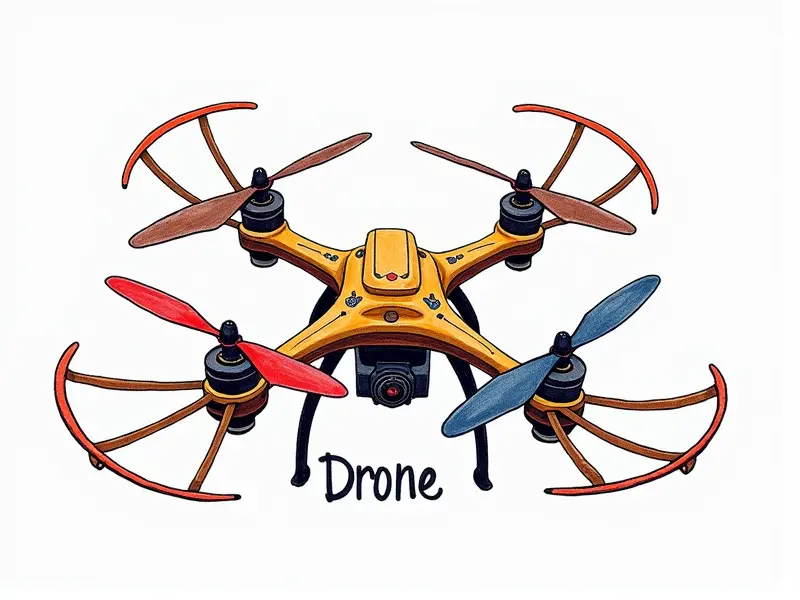RC plane servo issues?

RC Plane Servo Issues: Troubleshooting and Maintenance
If you're an RC pilot, you know how crucial it is to have reliable servos for smooth control of your aircraft. However, like any mechanical component, RC plane servos can encounter issues that affect performance. This article will guide you through troubleshooting common servo problems, maintaining optimal operation, and preventing future failures.
Troubleshooting RC Plane Servo Problems
When your RC plane's servos start acting up, it can be frustrating and potentially dangerous if left unresolved. Here are some steps to diagnose and fix the most common issues:
- Check Connections: Ensure that all servo connections are secure and free from corrosion.
- Inspect Servo Arms: Verify that the servo arms are properly aligned with control horns and not bent or damaged.
- Test Power Supply: Make sure your battery is providing sufficient voltage to all servos.
Common Issues with RC Plane Servos
The most frequent problems encountered with RC plane servos include jitter, excessive noise, and erratic movement. These issues can stem from various causes such as worn-out components, loose connections, or inadequate lubrication.
Fixing Jittery Servos in RC Planes
Jitter is a common complaint among RC pilots, often caused by internal friction within the servo gears. To address this issue:
- Lubricate Gears: Apply a small amount of specialized lubricant to reduce gear wear and improve smoothness.
- Check for Foreign Objects: Inspect the interior of the servo for any debris that might be causing friction.
Why Do My RC Plane Servos Fail?
Servo failure can occur due to several factors, including overuse, exposure to extreme temperatures, and physical damage. Understanding these causes is crucial in preventing future failures:
- Overheating: Prolonged use without proper cooling can cause servos to malfunction.
- Dust and Debris: Accumulation of dirt inside the servo housing can lead to mechanical issues.
Maintaining Smooth Servo Operation in RC Planes
To ensure your servos operate smoothly, regular maintenance is essential. This includes cleaning, lubricating, and inspecting for wear:
- Clean Regularly: Use compressed air to remove dust from the interior of the servo.
- Lubricate Periodically: Apply a thin layer of lubricant to gears and moving parts.
Diagnosing and Repairing RC Plane Servos
When diagnosing servo issues, it's important to follow a systematic approach. Start by checking the most obvious problems before delving into more complex repairs:
- Test Individual Components: Isolate each part of the system to pinpoint the faulty component.
- Replace Worn Parts: If gears or other components show signs of wear, replace them with new ones.
Preventing Servo Issues in Your RC Plane
The best way to deal with servo problems is to prevent them from occurring. Here are some proactive measures you can take:
- Use Quality Components: Invest in high-quality servos and accessories.
- Proper Storage: Store your RC plane and its components in a cool, dry place when not in use.
Servo Troubleshooting Guide for RC Pilots
A comprehensive troubleshooting guide can help you quickly identify and resolve servo issues. Here’s a step-by-step approach to follow:
- Identify Symptoms: Note any unusual behavior or sounds from the servos.
- Isolate Components: Test each part of the system individually to isolate the problem.
- Consult Manuals: Refer to manufacturer guidelines for specific troubleshooting steps.
Servo Calibration Tips for RC Planes
Proper calibration is crucial for optimal servo performance. Follow these tips to ensure your servos are finely tuned:
- Center Servo Arms: Ensure that the arms are centered when the control stick is in neutral position.
- Adjust Travel Limits: Fine-tune travel limits to match the range of motion required for your aircraft.
Understanding RC Plane Servo Feedback Issues
Servo feedback problems can lead to erratic control and poor performance. Understanding how feedback works is key to resolving these issues:
- Check Signal Integrity: Ensure that the signal from your transmitter to receiver is strong and clear.
- Inspect Feedback Loops: Verify that all feedback loops are functioning correctly without any interruptions.
Replacing Faulty Servos in RC Planes
If a servo fails beyond repair, replacement is necessary. Follow these steps to replace faulty servos effectively:
- Select Compatible Models: Choose servos that are compatible with your aircraft’s specifications.
- Follow Installation Instructions: Carefully follow the manufacturer's instructions for installation and setup.
Conclusion
Maintaining reliable RC plane servos is essential for safe and enjoyable flying. By understanding common issues, following proper maintenance procedures, and addressing problems promptly, you can ensure your servos perform at their best. Whether it's fixing jittery movements or replacing worn-out components, a proactive approach will keep your RC plane in top condition.

